It All Starts with a Tea Party (or Having our Morning Tea)

We begin our patriotic journey where it all began, at the Boston Tea Party Museum.
Replica ships wait in the harbor for new groups of patriots to board, but first we sit in on a meeting of The Sons of Liberty that led to the famous protest back in 1773.
After our rowdy “Hizzahs!”, our mob scrambles to the ships where we throw bales of tea in to the harbor. Yup, true story.
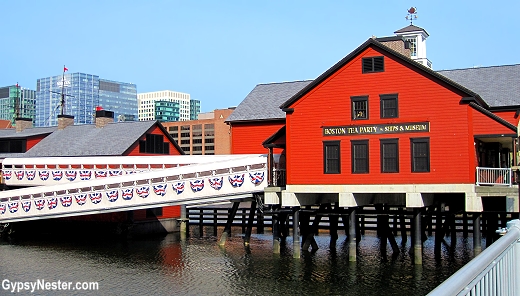
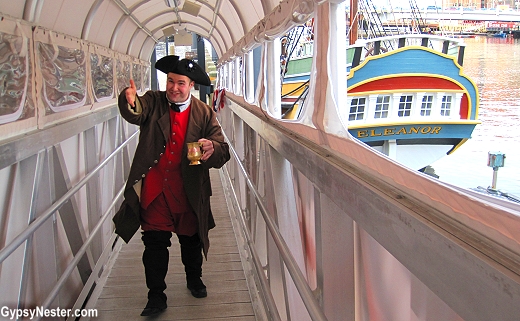

One of the events that led to the tea uprising, The Boston Massacre, took place a few years earlier, in 1770, at The Old State House.
We stand on the very spot where tensions ran high — and finally snapped — when British soldiers shot into a crowd of colonists, killing five men and injuring six others.
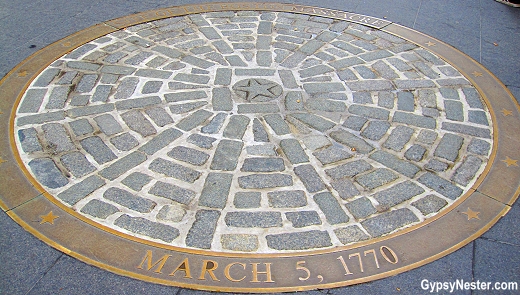
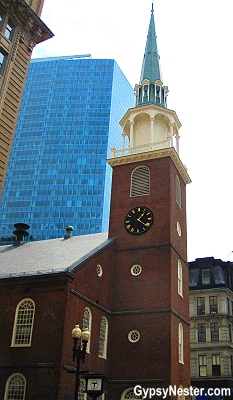
The incident became a rallying cry for those who wished to throw off the yoke of British rule.
Nearby, The Old South Meeting House stands just as it did on that fateful night of December 16, 1773, when thousands of fed up Bostonians gathered and decided to stage a history changing protest.
They called it The Destruction of the Tea, but we know it better as the Boston Tea Party.
Freedom Trail – ho!

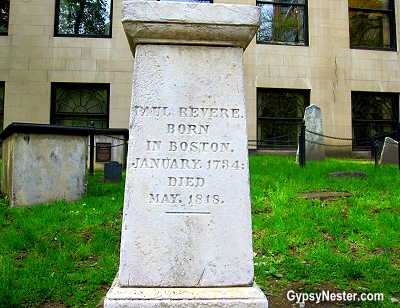
As we follow the Boston Freedom Trail, we arrive at the Old Granary Burial Ground, the city’s third-oldest cemetery, dating back to 1660.
This is the final resting place for many patriots, including Paul Revere, John Hancock, Samuel Adams, and the five victims of the Boston Massacre.
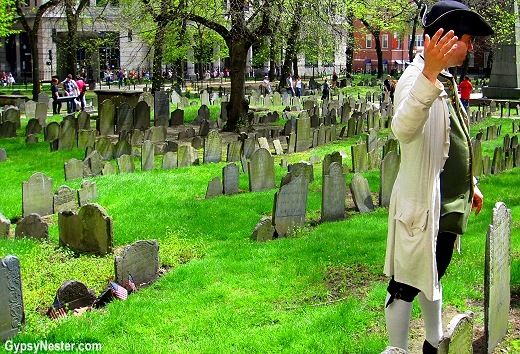
The Cradle of Liberty and Real Yankee Food
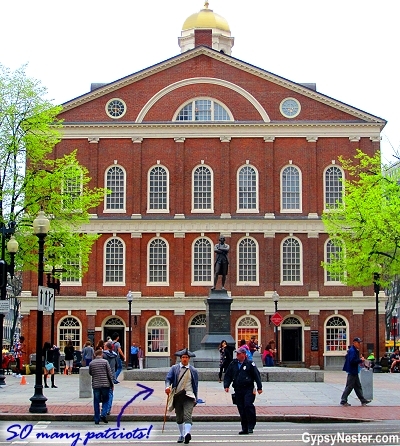
Stopping in at Faneuil Hall has been an everyday event in Boston since 1742, so naturally we make our way there.
Serving as both a marketplace and a meeting hall, it was the venue for rousing speeches encouraging independence from Great Britain – earning it the nickname “Cradle of Liberty”.
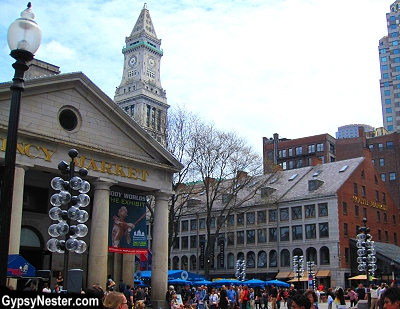
In 1826 the marketplace was expanded creating Quincy Market, as more and more people came to this crossroads of the city.
The markets have featured food since they opened, and Durgin-Park is the oldest existing restaurant in Faneuil Hall Marketplace, so that’s the place for us.
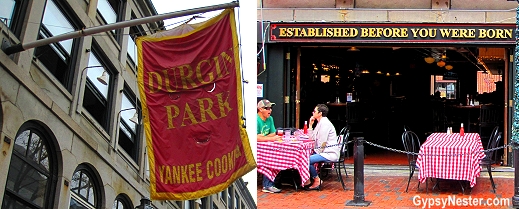
Durgin-Park opened in 1826, but the location has been feeding Bostonians all the way back to 1742. They still serve up classic Yankee fare, so pot roast and a lobster roll is dinner — with a Sam Adams beer to wash it down — it would be unpatriotic otherwise.
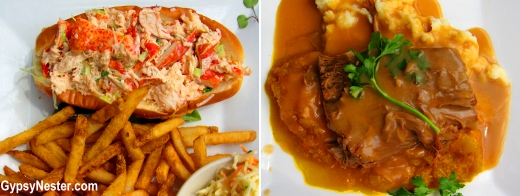
Heading North

The North End of Boston has many of the city’s most famous landmarks, including the Old North Church.
Built in 1723, this is where Paul Revere sent the “One if by land, and two if by sea” signal across the Charles River.
Still an active church, the interior has kept the old box pews that were common in colonial times. Families paid an annual fee for their private boxes.
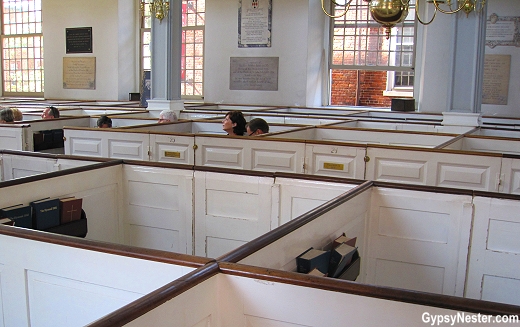
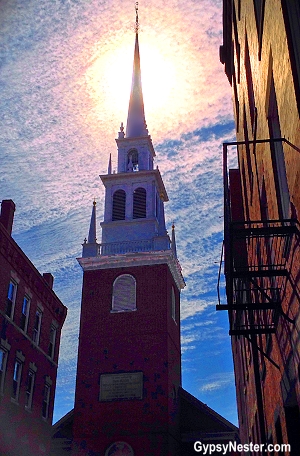
Nowadays, people sit anywhere they choose.
Paul Revere lived near the church and his house, built around 1680, is still standing.
It is the oldest house in downtown Boston, with an astounding ninety percent of the building being the original materials.
The furnishings are believed to have belonged to the family, and several fine examples of Revere’s silversmith work are on display too, including one of his famous bells.
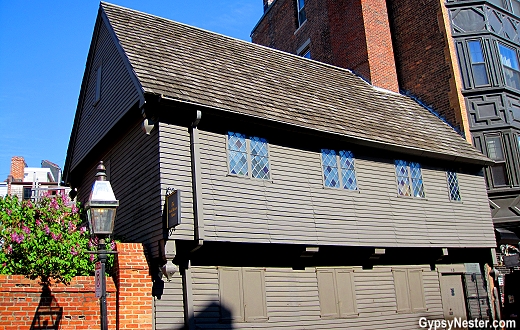
Battling Bunker Hill
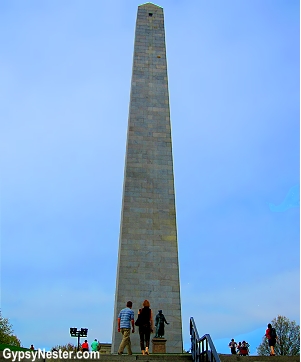
The town of Charleston stands across the Charles River and is best known for being the starting point of Paul Revere’s ride after the signal from the North Church, and also as the site of the Battle of Bunker Hill a few months later.
The battle for control of the hill on June 17, 1775 was the first major conflict of the Revolutionary War.
The Bunker Hill Monument commemorates that battle, but actually stands atop Breed’s Hill, which was where most of the fighting took place.
Continue on… read Boston – Eat, Bike, & Beer Merry
David & Veronica, GypsyNester.com
YOUR TURN: Where would YOU make a beeline for when landing in Boston?


